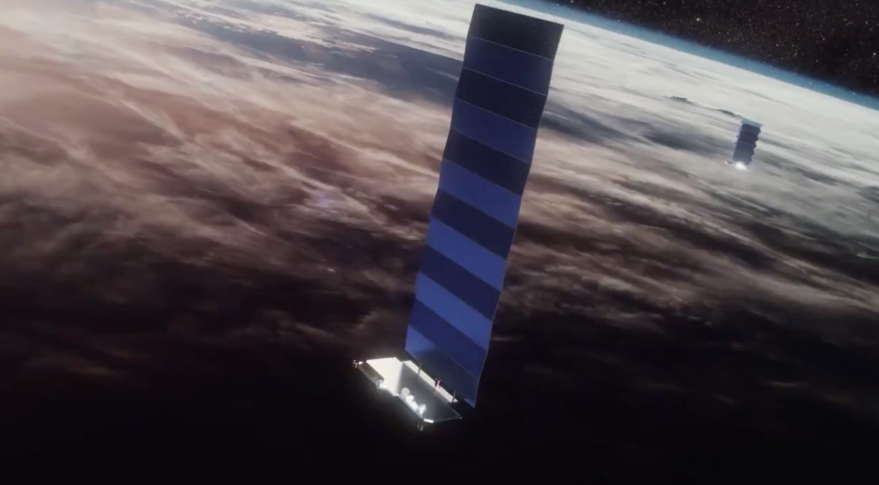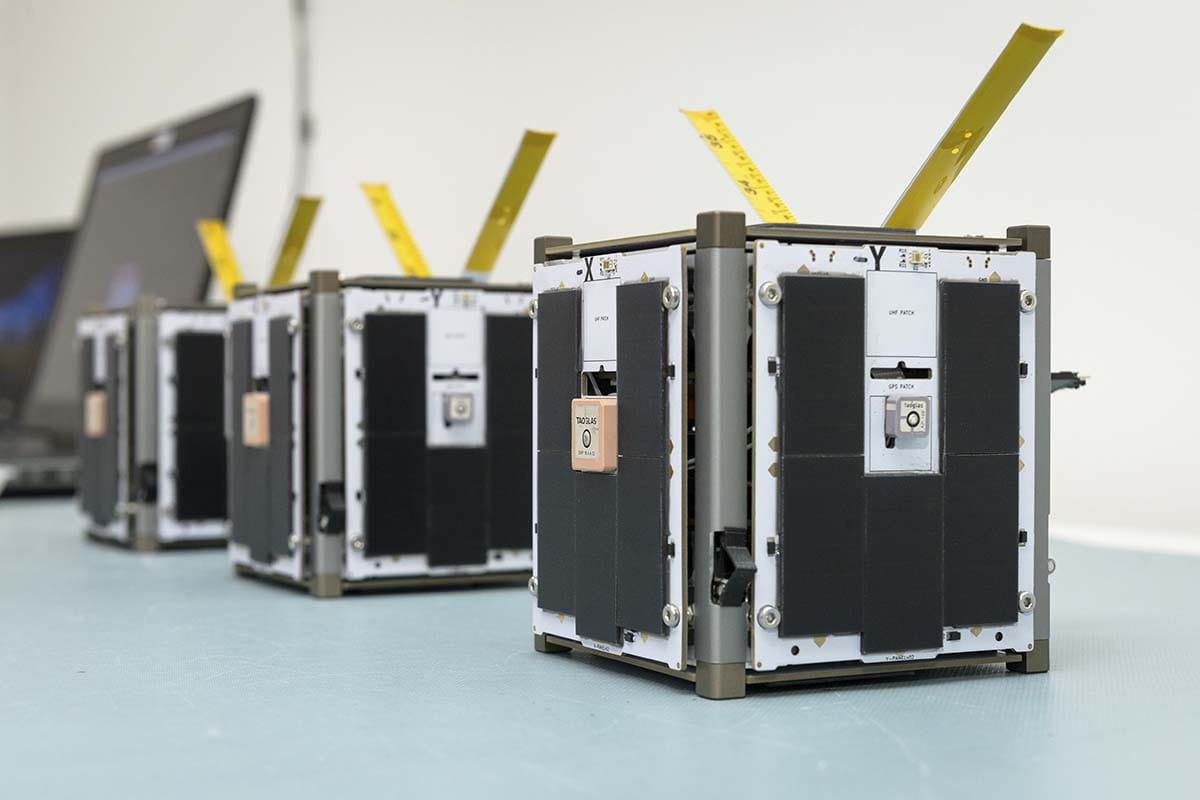
Habré recently mentioned that Elon Musk talked about equipping Starlink satellites with laser communication. The head of the company told about this on his Twitter. Okay, but what is this all for?
The fact is that in most regions of the Earth, the Mask company installs ground base stations that interact with satellites and users. But at the poles of the Earth, for obvious reasons, a problem may arise with the installation of base stations. Therefore, a new communication method is now being tested. Lasers have equipped 10 Starlink satellites, which recently went into Earth's orbit with the next Falcon 9 launch.
By the way, to launch these 10 satellites into polar orbits, at an altitude of 560 km, the company required an additional permission from the US Federal Communications Commission (FCC). And this permission was received.
So, what is next?
According to the plans announced by Elon Musk, next year all communications satellites launched into space will receive laser systems. In 2022, this will become the standard for Starlink - of course, if everything goes smoothly now. At the moment, only "polar" satellites have received lasers.
Thanks to the additional type of communication, residents of Alaska will also receive broadband access to the Internet, as the company described in its application to the FCC.
Lasers enable satellites to keep in touch not only with ground stations, but also with each other, and it does not matter where the "colleague" is - in the same orbital plane, or in a neighboring one. Accordingly, the operator will be able to minimize the number of ground stations, expanding the coverage area of remote regions where there are no ground stations at all. In addition, latency is reduced as the number of intermediaries between satellites and ground stations decreases.

Thanks to Starlink and their lasers, all residents of the United States, and later on Earth, will be able to get equal access to the Internet. Equal in terms of bandwidth and latency. The latter will be minimal and comparable to the characteristics of "terrestrial" broadband Internet.
Inter-satellite laser communication has been tested by SpaceX earlier. In September 2020, the company talked about testing "space lasers" to transfer hundreds of gigabytes of data between two satellites. “When laser communications are fully deployed, Starlink will become one of the fastest data transfer options for the entire world,” the company said in a statement.
Starlink said last year: “The speed of light in vacuum is faster than in fiber, so space lasers have tremendous potential for low latency connections. Laser communications will also allow us to serve users where there is no direct connection to a ground station - for example, over the ocean and in regions where there is no fiber. ”

You will have to wait a whole year before the commissioning of laser installations, because the laser systems themselves are not cheap yet. "Reducing the cost of space lasers and rapidly producing them is a complex issue that the team is still working on," Starlink said in a statement.
Now an important task for the company is not only the launch of satellites, but also the deployment of ground stations. There are already about 20 of them in the USA.
More polar satellites needed
In November 2020, the company asked the FCC to authorize the launch of 348 satellites into polar orbits. So far, only 10 devices have received permission. The Commission will assess the interference of these systems with satellites and equipment from other companies, and after a detailed analysis of the research results.
There are also problems. For example, Starlink competitors such as Project Kuiper, Viasat, Kepler Communications and Pacific Dataport asked the FCC to ban the launch of even 10 polar satellites. They believe that the new vehicles will have a negative impact on the performance of any other equipment in orbit. But the FCC responded that SpaceX is developing satellites with similar concerns in mind. Therefore, 10 devices will not harm anyone, but you can find out exactly what effect they have on other systems.
Starlink is trying to stick Jeff Bezos' Project Kuiper more actively than anyone else. Elon Musk even accused Amazon that the company is trying to slow down the development of a competitor, despite the fact that Amazon's own satellite system is in its infancy, and it takes years and years before it goes into operation.
How do you manage all this?
This is not an idle question. With many companies going to launch thousands of satellites into new orbits, and SpaceX has already launched more than 1,000 vehicles, a reliable way to operate this entire armada is required.
One of the control methods is being developed by NASA.
The organization believes that small satellites can work together, and to some extent autonomously. The devices in question are test specimens, these are CubeSats weighing less than a kilogram. They will communicate with each other within the S-band.

The project is necessary in order to prove the possibility of controlling hundreds and thousands of vehicles in orbit as a whole. The fact is that there are more and more such systems, and it is very difficult to manage such a number of devices. There are many factors to consider, such as speed, position in orbit, position of satellites relative to each other, etc.
If scientists could combine at least some of the satellites into different networks, then control would become much easier and the danger of collisions, which means there is less danger of an increase in the amount of space debris in the planet's orbit.
Reliable technology for controlling a large number of satellites is needed like air. After all, only SpaceX plans to bring its constellation of satellites to 12 thousand soon. And this is only the first stage of the program, after its completion the second starts, according to which there should be another 30 thousand satellites in orbit. The total cost of the project is $ 10 billion.
